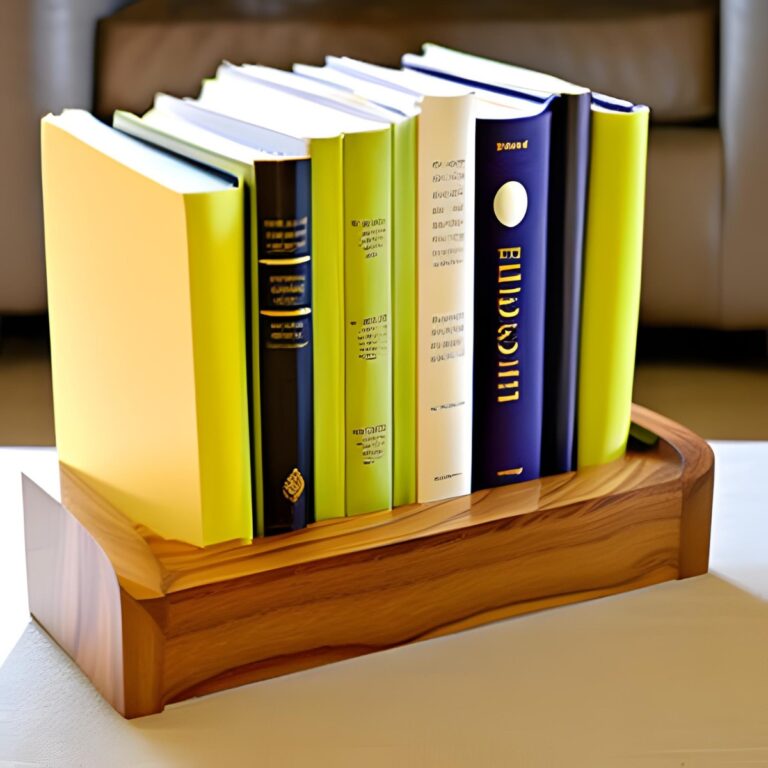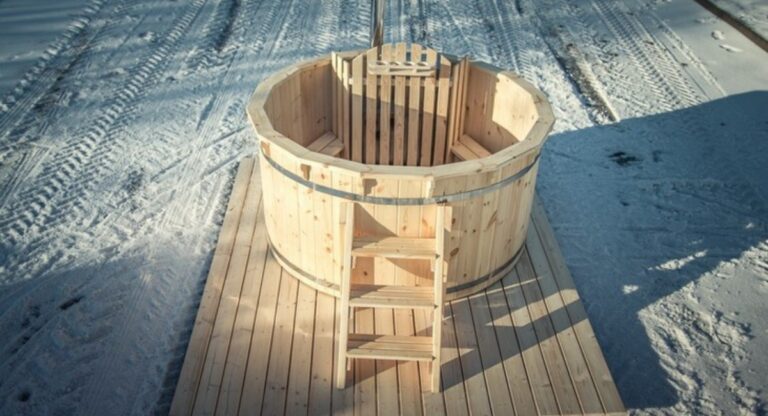DIY Raised Bed Greenhouse Project For Maximizing Small Garden Spaces
Transform your garden with a DIY raised bed greenhouse, a game-changer for extending the growing season. Picture this an entire bed, much like a giant cloche, guarantees warmth and protection for your veggies. It’s perfect for plants that crave heat, like tomatoes and peppers. Following simple steps, you’ll build a cozy haven about 8 feet by 4 feet, using readily available materials. This mini DIY greenhouse not only shields your garden from frost but also promises a bounty of ripe, juicy harvests.
Building The Raised Bed Greenhouse

Materials Needed
- Wood Boards:
- 2 units: 2″ x 12″ x 8′ (labeled as A-boards)
- 2 units: 2″ x 12″ x 4′ (labeled as B boards)
- 3 units: 2″ x 4″ x 8′ (labeled as C boards)
- PVC and Fixtures:
- 8 units: 1″ x 4″ x 10′ for framing (labelled as D boards, will be cut to fit)
- 3 units: 10′ lengths of 0.75″ schedule 40 PVC for hoops
- 20 schedule 40 PVC clips (created from 1″ PVC sections)
- 12 units: 0.75″ galvanized pipe straps
- Screws:
- ~0.5 lb of 3″ galvanized or stainless steel screws
- ~0.5 lb of 1.5″ galvanized or stainless steel screws
- Covering:
- 1 unit: 6-mil polyethylene plastic sheeting, 9 x 10′ wide (for cloche sides)
- 2 units: 6-mil polyethylene plastic sheeting, 5 x 5′ (for cloche ends)
- Miscellaneous:
- 1 rubber bungee cord, 18 inches long
Tools Required
- Hand saw (for cutting wood and PVC)
- Power drill (with an appropriate bit for screws)
- Measuring tape
Step-by-Step Guide
Step 1: Construct the Frame
- Framework Construction: Join the two B boards to the A boards at the ends using 3″ screws. This creates the rectangular base of your cloche.
- Support for Hoops: Cut six 11.5″ lengths from one C board to act as internal supports. Attach these inside the longer sides at both ends and the centre, ensuring they are flush with the bottom.
- Corner Stability: Optionally, add metal straps at the corners for added rigidity.
Step 2: Add PVC Hoops
- Bending and Securing: Gently curve the three 10′ PVC lengths into hoops from one side of the frame to the other, securing them at the bottom with the galvanized pipe straps and 1.5″ screws. Ensure they are vertical for proper support.
Step 3: Establishing the Backbone
- Central Support: Place a D board across the top of the hoops to form the cloche’s backbone. Ensure it’s level and adjust the hoops if necessary.
- End Supports: Measure, cut, and attach two C boards vertically at each end of the frame to match the height of the backbone. Attach the ends of the backbone to these with 1.5″ screws.
Step 4: Secure the Ends
- Plastic Sheeting: Fit and secure the 5′ x 5′ plastic sheets to the frame ends with PVC clips, ensuring a tight fit and trimming excess material judiciously.
Step 5: Covering the Top
- Overlaying Plastic: Drape the 9′ x 10′ polyethylene sheet over the structure, ensuring an even layout over the hoops.
Step 6: Fixing the Plastic Cover
- Sandwich the Plastic: Secure the plastic sheet in place by sandwiching it between another D board atop the backbone.
Step 7: Side Curtains
- Creating Side Curtains: Using D boards, sandwich the side curtains of plastic, tightening with 1.5″ screws. Adjust for a snug fit and trim excess material, leaving a practical overhang.
- Wind Resistance Enhancements: For extra stability, loop the plastic around the first D board before securing it.
Step 8: Final Adjustments
- Side Support: Attach D boards to each hoop for lateral strength, ensuring they are spaced appropriately from the top.
- Bungee Cord Attachment: Fix the rubber bungee at the centre of the backbone to hold up the side curtain when open, providing easy access and ventilation.







